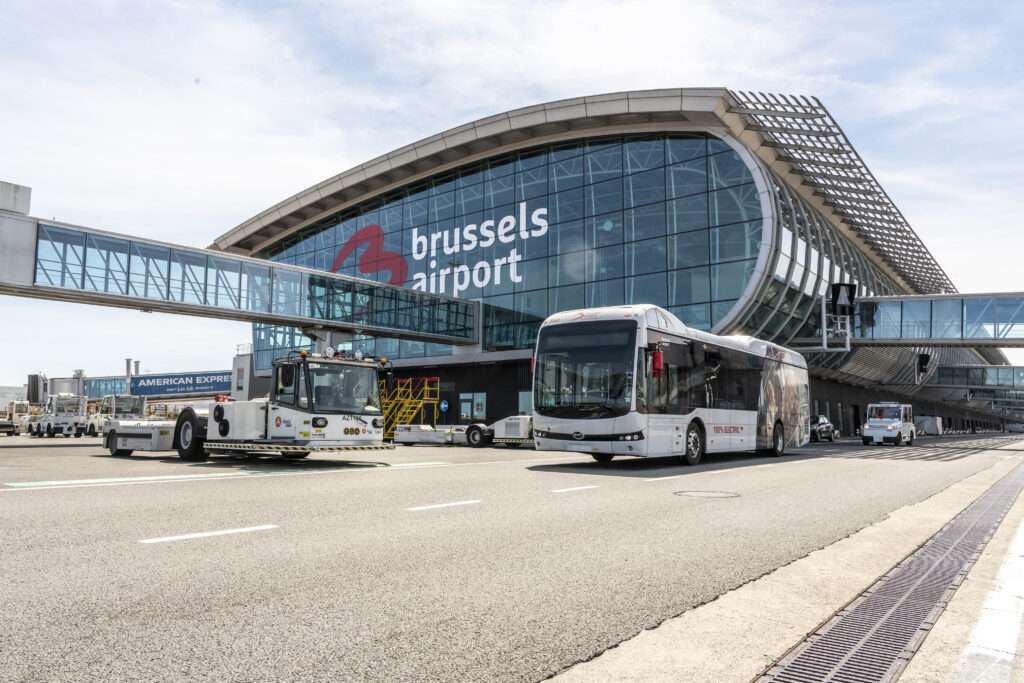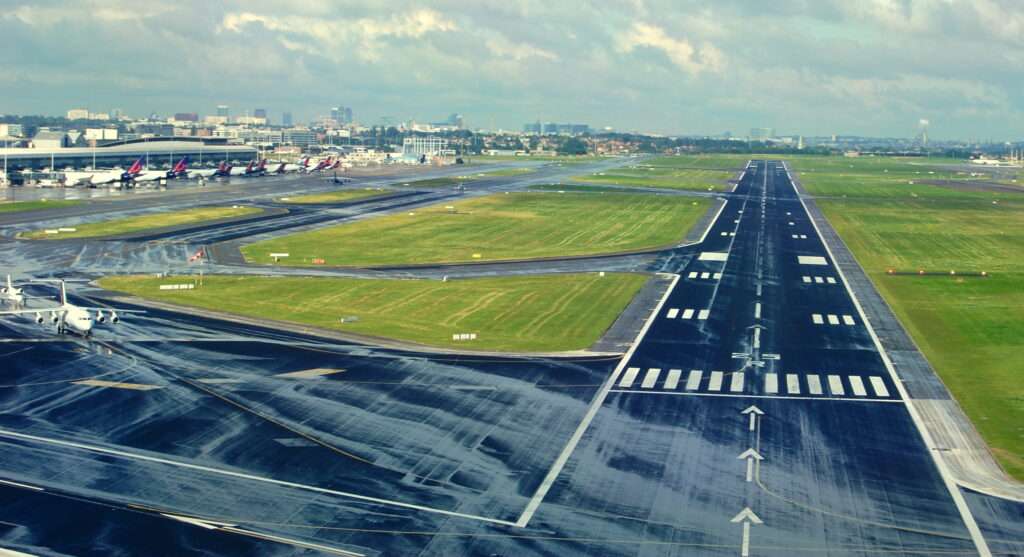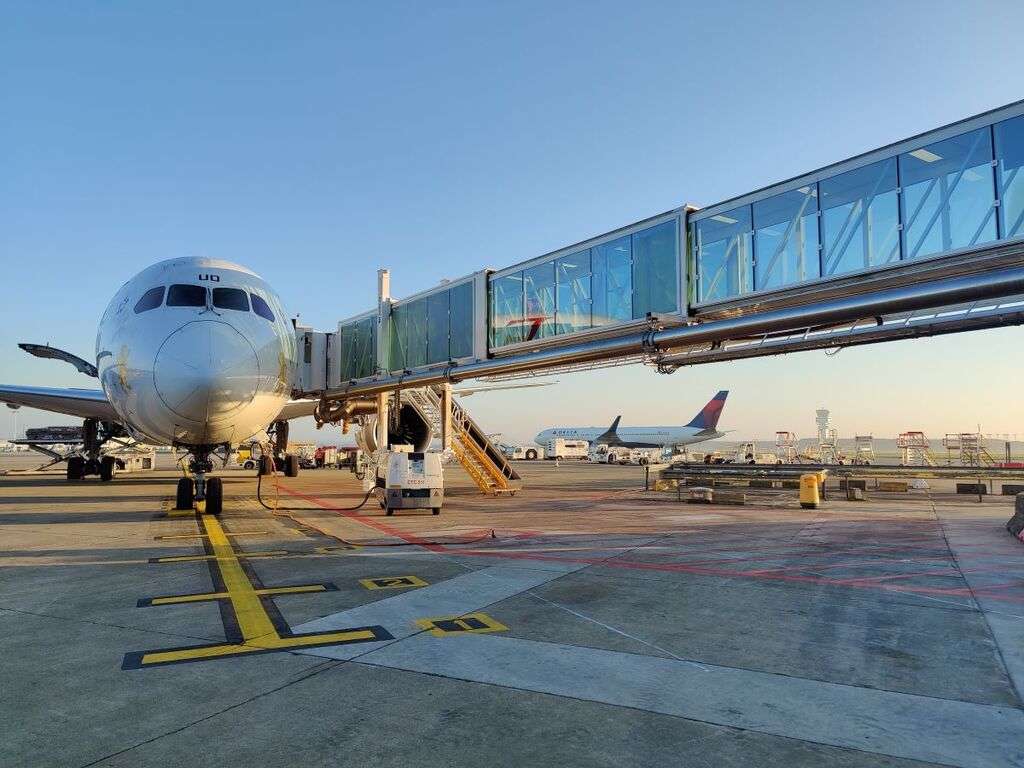Brussels Airport, Belgium’s largest international airport, continues to demonstrate positive signs of recovery in passenger and cargo traffic.
May 2024 saw a welcome increase in passenger numbers compared to the same month in 2023.
The result is indicative of the airport’s ongoing efforts to strengthen its network and cater to evolving travel demands.
About Brussels Airport
Located just northeast of Brussels, Brussels Airport is a vital hub for travelers and businesses alike.
As Belgium’s premier airport, it boasts a single, well-designed terminal building with multiple levels and concourses, providing a convenient and efficient travel experience.
With a focus on accessibility, the airport offers seamless connections via train, bus, car, and even bicycle.
Passengers can also benefit from a wide range of amenities, including restaurants, shops, children’s play areas, and business services.

May: Passenger Traffic on the Rise
May 2024 witnessed a positive 1.5% increase in passenger numbers at Brussels Airport compared to May 2023.
This growth can be attributed in part to the introduction of several new flight routes. Travelers can now enjoy direct connections to a number of new destinations.
These include Monastir (Tunisia) with Nouvelair, Rabat (Morocco) with Air Arabia, and Gazipasa/Alanya (Türkiye) with Corendon Airlines.
The recent route additions enhanced the airport’s network and cater to a broader range of travel interests.
While the overall number of transfer passengers dipped slightly in May 2024, the intercontinental transfer segment continues to experience encouraging growth.

This trend strengthens Brussels Airport’s position as a key hub for long-haul travel, providing seamless connections between continents.
Popular destinations for departing passengers in May included European favorites like Spain, Italy, and Germany, alongside growing demand for travel to Türkiye, Greece, and Portugal.
Intercontinental travelers also sought connections to Morocco, the United States, France, and Switzerland.

Cargo Traffic Maintains Momentum
Cargo volumes at Brussels Airport exhibited continued growth in May 2024, reflecting a modest increase of 0.4% year-on-year.
This positive trend highlights the airport’s significance as a cargo hub, facilitating the efficient movement of goods across the globe.
Flown cargo, specifically, saw a more pronounced increase of 1.4%, indicating a growing preference for airfreight solutions.
A deeper analysis of cargo segments reveals some interesting trends. While the full freighter segment experienced a decline, belly cargo, transported within passenger aircraft, saw a significant boost.
This shift suggests a potential optimization of resources and a growing reliance on integrated passenger and cargo services.
Express services also displayed a slight increase, underscoring the importance of time-sensitive deliveries.

Trucked cargo volumes, however, dipped slightly, indicating a possible shift in logistics strategies for certain goods.
In terms of import and export regions, Asia continues to play a leading role. The significant increase in imports from Asia can likely be attributed to the ever-expanding e-commerce sector.
Brussels Airport serves as a key gateway for goods entering Europe. Africa and North America also emerged as important import sources, reflecting the airport’s global reach.
When it comes to exports, Africa remained the top destination, followed by Asia and North America.

Stable Aircraft Movements
The total number of aircraft movements at Brussels Airport in May 2024 remained relatively stable compared to May 2023, with a slight decrease of 0.1%. This suggests a potential optimization of flight schedules and capacities.
Interestingly, passenger flights experienced a near 2% increase year-on-year. This growth, coupled with the consistent average of 143 passengers per flight, indicates a rise in passenger load factors.
Overall, it signifies an efficient utilization of aircraft capacity. Cargo flights, on the other hand, saw a 2% decline, primarily due to a reduction in express segment activity.
Looking Ahead
The positive trends observed at Brussels Airport in May 2024 paint an optimistic picture for the future.
The airport’s commitment to network expansion, coupled with its focus on efficiency and catering to diverse travel needs, positions it well to capitalize on the ongoing recovery of the aviation industry.
As passenger confidence continues to grow and cargo traffic remains robust, Brussels Airport is set to maintain its position as a vital gateway to Europe and beyond.

Click the banner to subscribe to our weekly newsleter.

Click the photo to join our WhatsApp channel so then you can stay up to date with everything going on in the aviation industry!








